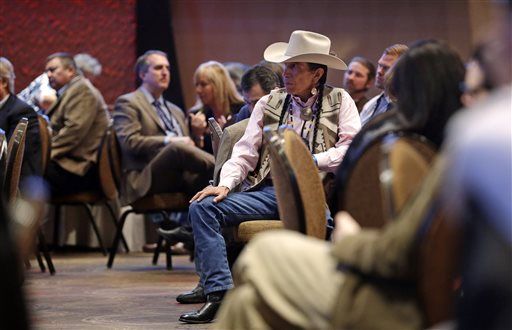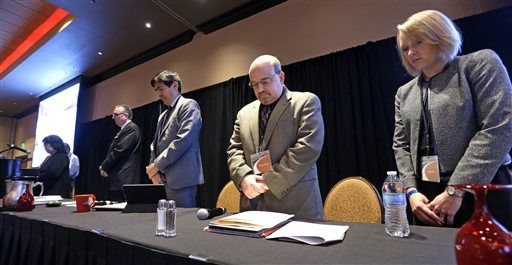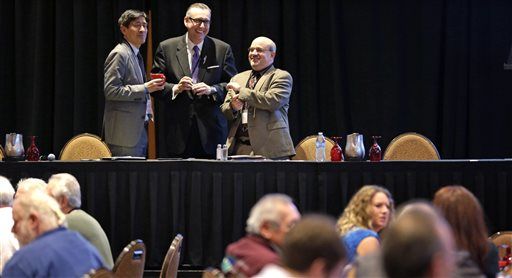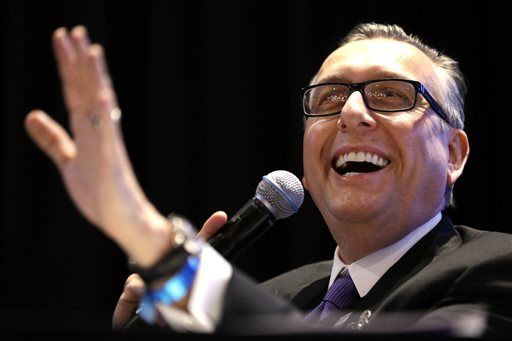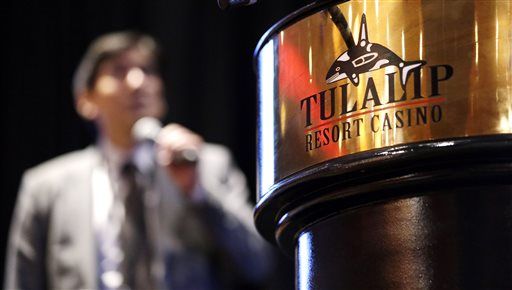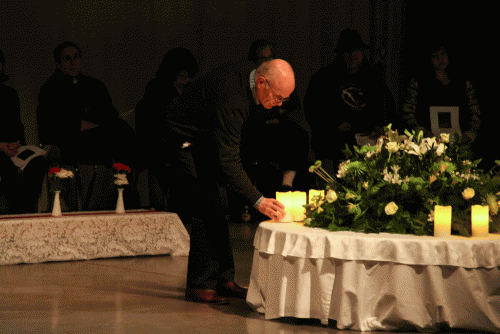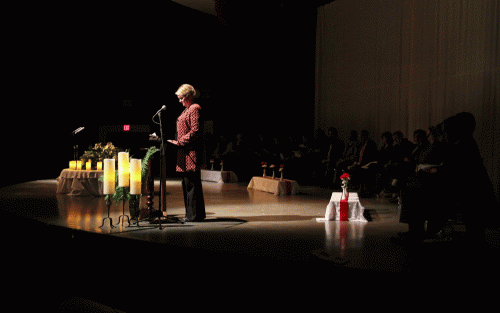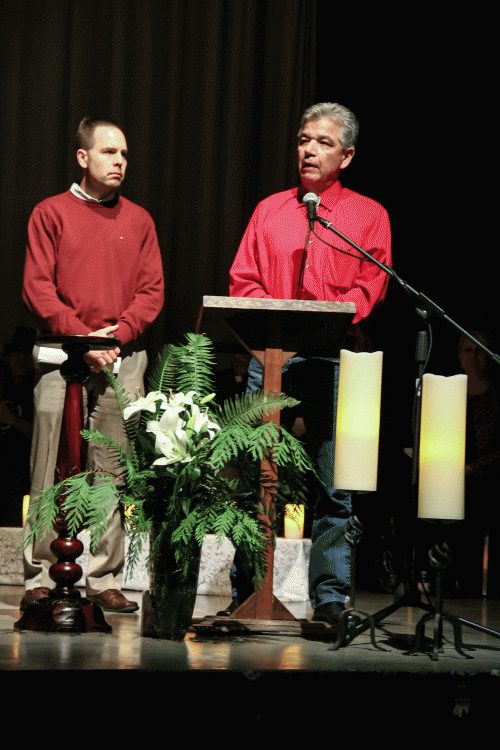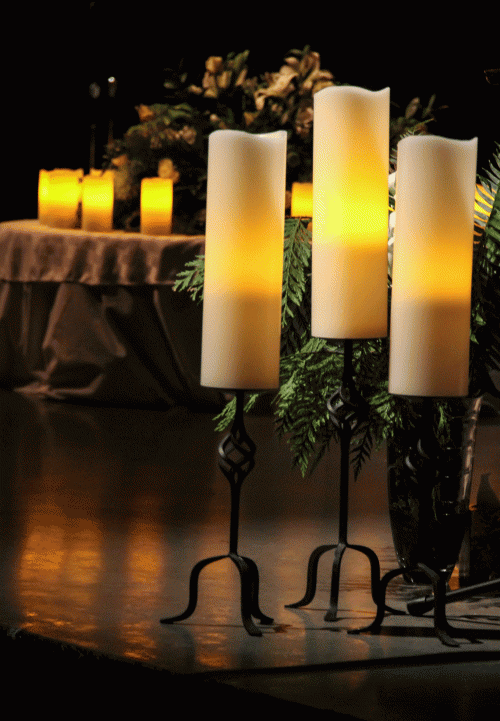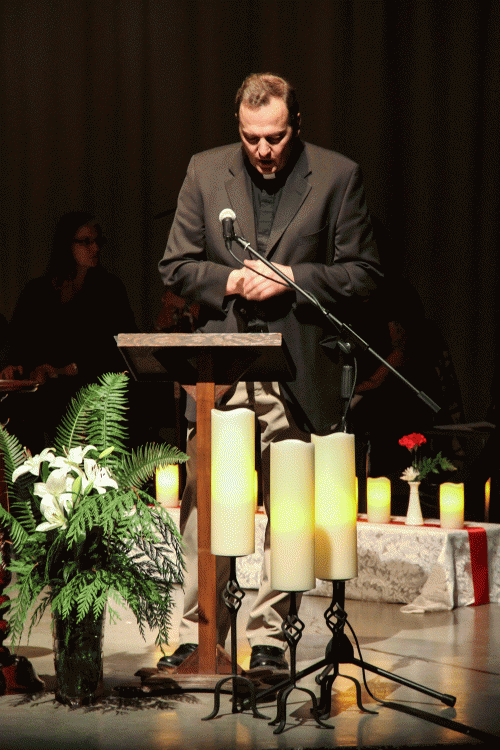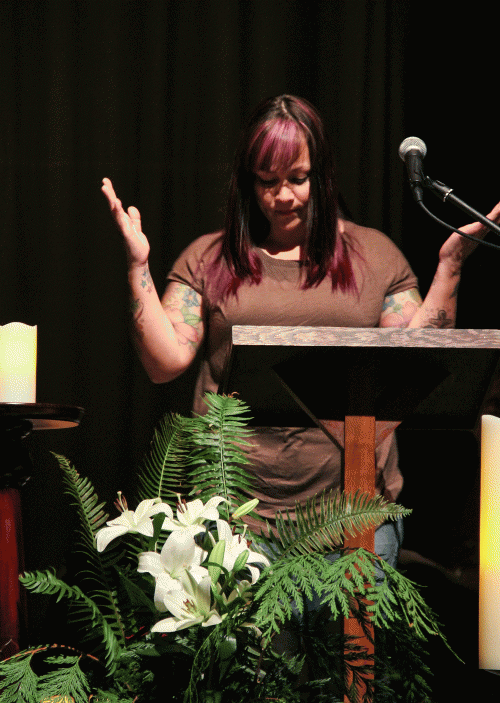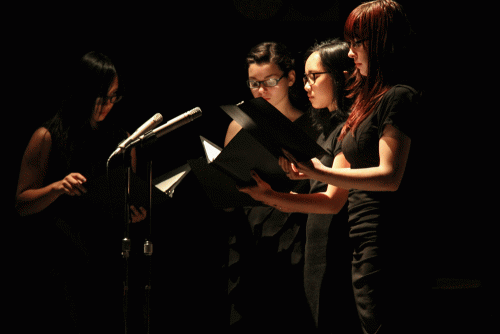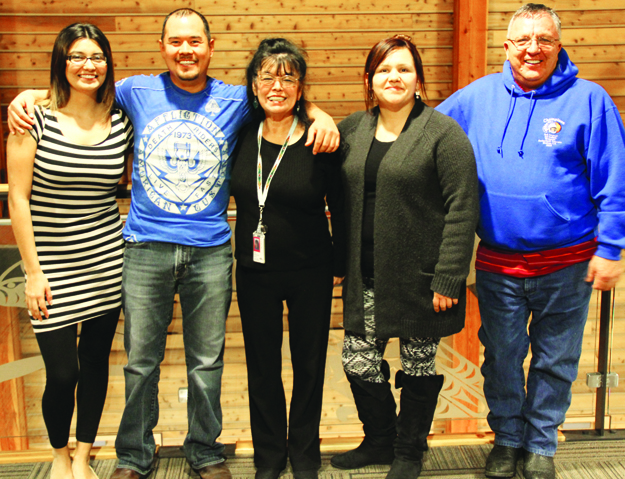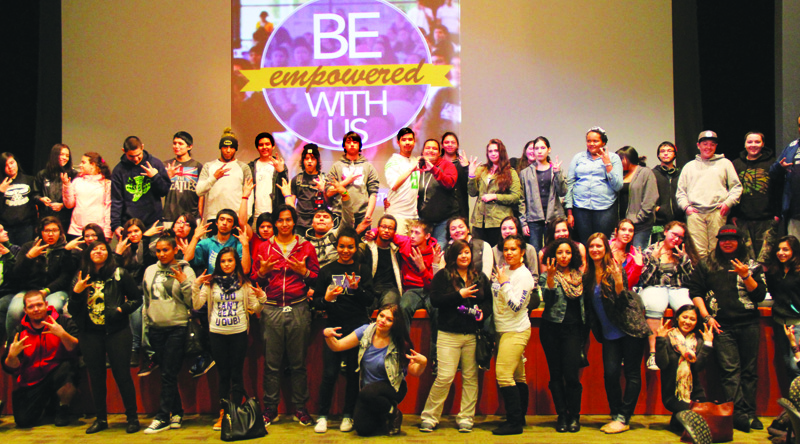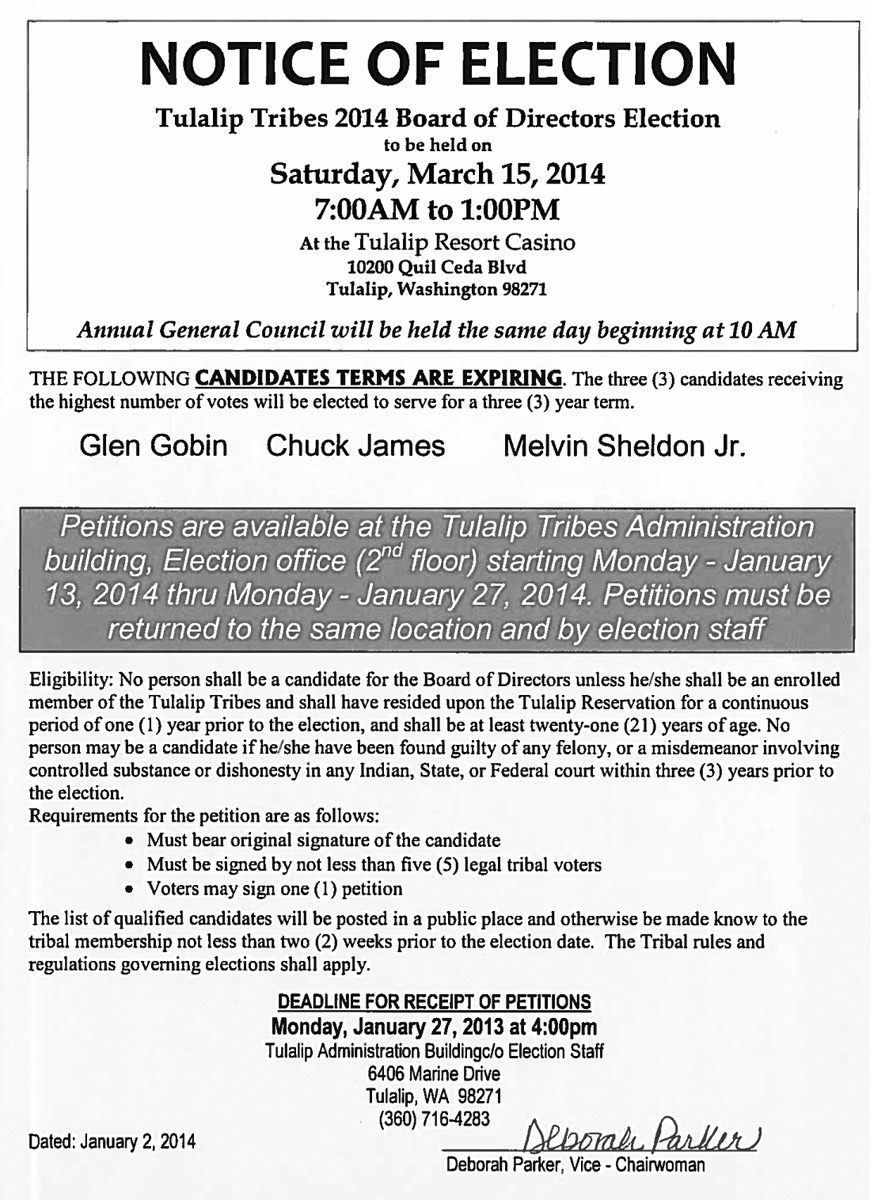By Kara Briggs Campbell, Special to Tulalip News
Pam James often says that she carries her grandmother’s pain.
“She was born in 1899 on theColville Reservation and she was taken away and put in a boarding school in eastern Montana,” James says as she begins a story familiar in her tribal family.
Her grandmother’s longing and loneliness were transmitted to James as a girl listening attentively to the family story. Researchers and counselors, like James, say trauma can be passed between generations in more than one way. Oral histories may be the most obvious way, but researchers say traumatic memories get recorded in our brains, and pass into cellular memory which we share from one generation with the next, and the next.
In the 1980s the terms historical trauma or intergenerational trauma were coined. This condition has been documented in groups that include the descendants of Holocaust survivors, descendants of survivors of Japanese Internment and of the Wounded Knee Massacre of 1890.
James, a counselor turned consultant who has taught groups about historical trauma for three decades, said historical trauma is a critical aspect of the American Indian experience today. It flares up when contemporary traumas trigger deeper known and unknown emotional wounds. It’s the extra weight of history that some people seem to carry in their psyches. It is a feeling of profound disempowerment.
“Historically, what have we learned after 500 years of cultural oppression? Through wars, epidemics, boarding schools, removal of children from families, removal of families from traditional lands, substance abuse, physical abuse, sexual abuse – we have become in many cases the oppressors. We see these things acted out today across Indian Country,” said James, who lives near the Skokomish Reservation. “We may not have the awareness of why, but we continue to pass the pain of our experiences from generation to generation.”
Shame, blame and an abiding sense of guilt are driving forces of historical trauma. Guilt for hidden things, even for half forgotten things, for things lost to memory and time.
Historical trauma manifests publically in tribal communities in ways that include family against family, a sense of who belongs and who doesn’t, who looks Indian, who doesn’t, James said. A tribal community may even be continuing such attitudes and practices without realizing or understanding that they come from the experiences of families and ancestors, some even in the colonial era long before we were born.
“A lot of those things impact ourselves and our children because of things that happened hundreds of years ago and that we keep passing from generation to generation. Without the realization, awareness or healing, we will self-destruct from within,” James said.
What does self-destruction look like? Overdoses, addiction, suicide, dropping out, tuning out, giving up. The impacts of historical trauma can go other ways too. They can manifest behaviorally as overachievers, control freaks or people who deny their emotions. For the most part survivors of historical trauma act out these behaviors without realizing that they may be tied to the experiences of their ancestors.
“In intergenerational trauma, each generation has an impact,” said Delores Subia BigFoot, who is director of the Indian Country Child Trauma Center at the University of Oklahoma Health Sciences Center. “Those that have been most impacted feel greater level of disempowerment as these layers of experience get added with each generation.”
James and BigFoot agree, Native people begin the healing process when they break the cycle of trauma through awareness. Or consider this: one generation can change the trajectory of a family or a whole tribal community. And in terms of the seventh generation, healing that begins today is very important.
Healing intergenerational trauma, as well as contemporary trauma, requires healing the whole person. Counseling and treatment work to a point. Deeper healing, James said, comes from reclaiming Native cultural identity and understanding traditional and family history. For James, the medicine wheel reminds us that healing the whole person includes spiritual, emotional, intellectual and physical.
“In our traditional ways of being we had cultural practices that brought us together to heal our wounds of the past and present,” James said. “Even when I was kid growing up we would come together and share stories of our family, our community, and our tribe telling our history and so forth. Everyone had their role in the community, grandmas and grandpas, aunties and uncles. We shared common family/community beliefs, values and experiences. You were learning your relationship to all things and your place in the world.”
Also within the oral histories of tribes – whether carried in words and written in our cellular memory in our bodies – there is a steady stream of health and resiliency that enabled tribal ancestors to survive their trauma.
“The reality is that the ancestors were resilient who survived to give you life,” James said. “The resiliency of who we are as a people speaks loudly to our ability to overcome trauma.”
What does it mean to be an Indian?
Pam James was working with tribal youth in the Puget Sound area when she asked a simple question: What makes you Indian?
“I was so surprised by the responses,” James said. “Some of them said, I don’t know. Others said because I was born here. Others said because I’m enrolled.”
“What I realized from those conversations is we aren’t teaching the young generations what makes them an Indian so they are conceptualizing what an Indian is in different ways than older generations do,” she said.
In terms of historical trauma, she wonders, are we teaching our youth those issues they need to understand to withstand the pressure?
So James researched and created the list below, which she shares when she presents at regional and national Native conferences about historical trauma. Her list is based upon the thinking of many tribal peoples and it reflects the traditional and cultural elements that make up a tribe or a village.
It may be a starting point for a conversation in a family or among friends.
What makes you an Indian?
Geographic Land Base – Living, Gathering, Hunting, Tools & Implements
Medicines and Foods – Plants, Animals, and the Preparation Process
Traditional Dress – Design, Creation, and Materials used
Common Language – Shared Dialect, Verbal, Body, Sign, Writings, Art
History and Stories – Creation, Oral/Visual Stories, Teachings, Roles & Responsibilities
Traditional Cultural Structure – Beliefs, Values, Ethics, Traditional & Legal Governance, Family, Relationships to All Things
Spiritual – Beliefs, Practice, Ceremonies, Songs, Music, Laughter





